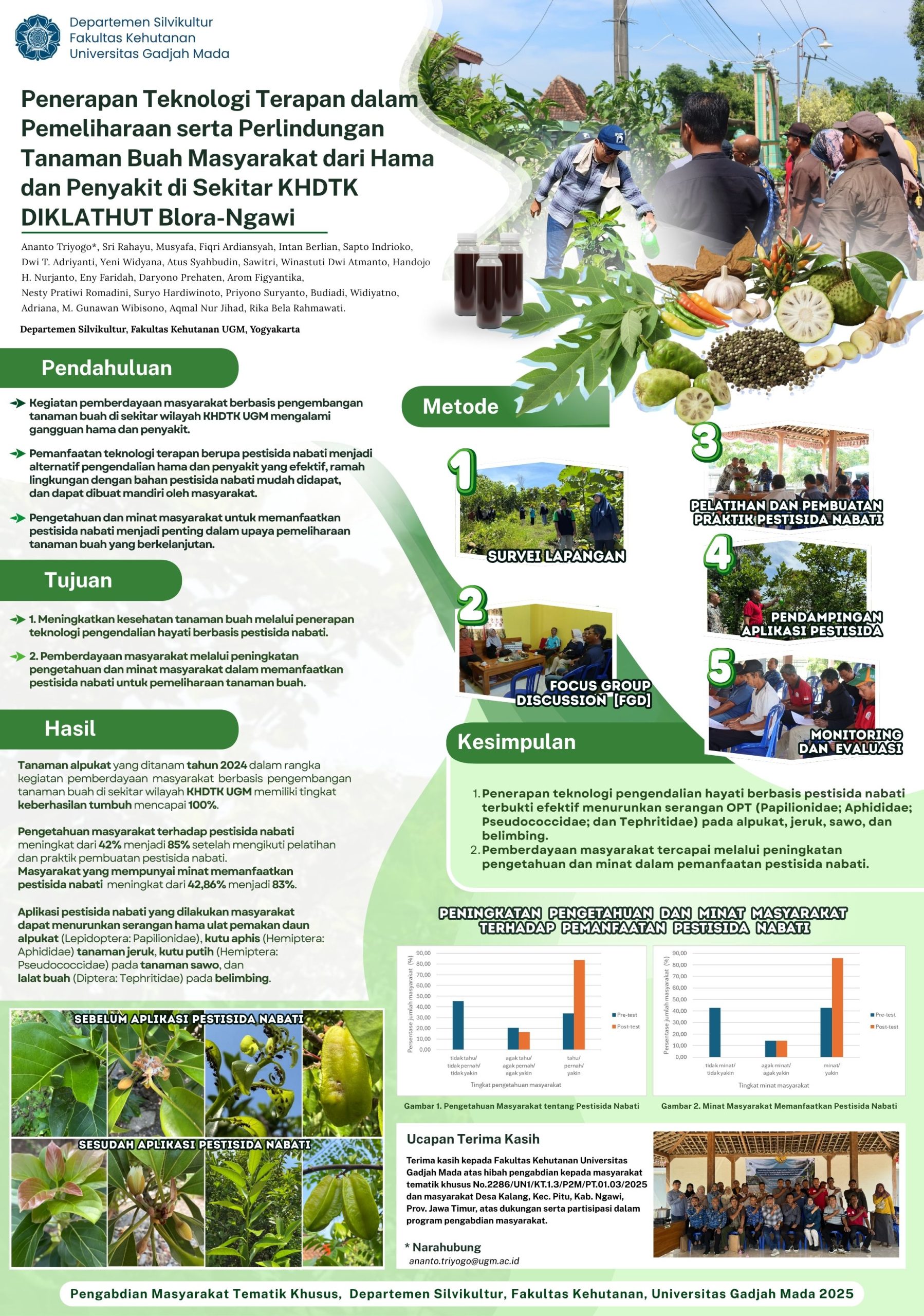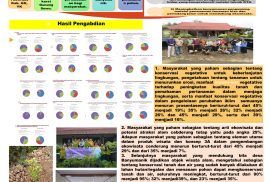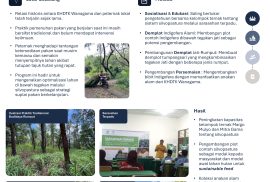Kegiatan Pengabdian kepada Masyarakat Tematik Khusus Departemen Silvikultur Fakultas Kehutanan UGM tahun 2025

Kegiatan Pengabdian kepada Masyarakat Tematik Khusus Departemen Manajemen Hutan Fakultas Kehutanan UGM tahun 2025

Kegiatan Pengabdian kepada Masyarakat Tematik Khusus Departemen Teknologi Hasil Hutan Fakultas Kehutanan UGM tahun 2025

Kegiatan Pengabdian kepada Masyarakat Tematik Khusus Departemen Konservasi Sumber Daya Hutan Fakultas Kehutanan UGM tahun 2025

Kegiatan Pengabdian kepada Masyarakat Berbasis Laboratorium Silvikultur dan Agroforestri Fakultas Kehutanan UGM tahun 2025

Kegiatan Pengabdian kepada Masyarakat Berbasis Laboratorium Fisiologi dan Tanah Hutan Fakultas Kehutanan UGM tahun 2025

Kegiatan Pengabdian kepada Masyarakat Berbasis Laboratorium Komputer dan Biometrika Hutan Fakultas Kehutanan UGM tahun 2025

Kegiatan Pengabdian kepada Masyarakat Berbasis Laboratorium Ekonomi Sosial Kehutanan Fakultas Kehutanan UGM tahun 2025

Kegiatan Pengabdian kepada Masyarakat Berbasis Laboratorium Pengelolaan Pariwisata Alam Fakultas Kehutanan UGM tahun 2025

Kegiatan Pengabdian kepada Masyarakat Berbasis Laboratorium Perlindungan dan Kesehatan Hutan Fakultas Kehutanan tahun 2025











